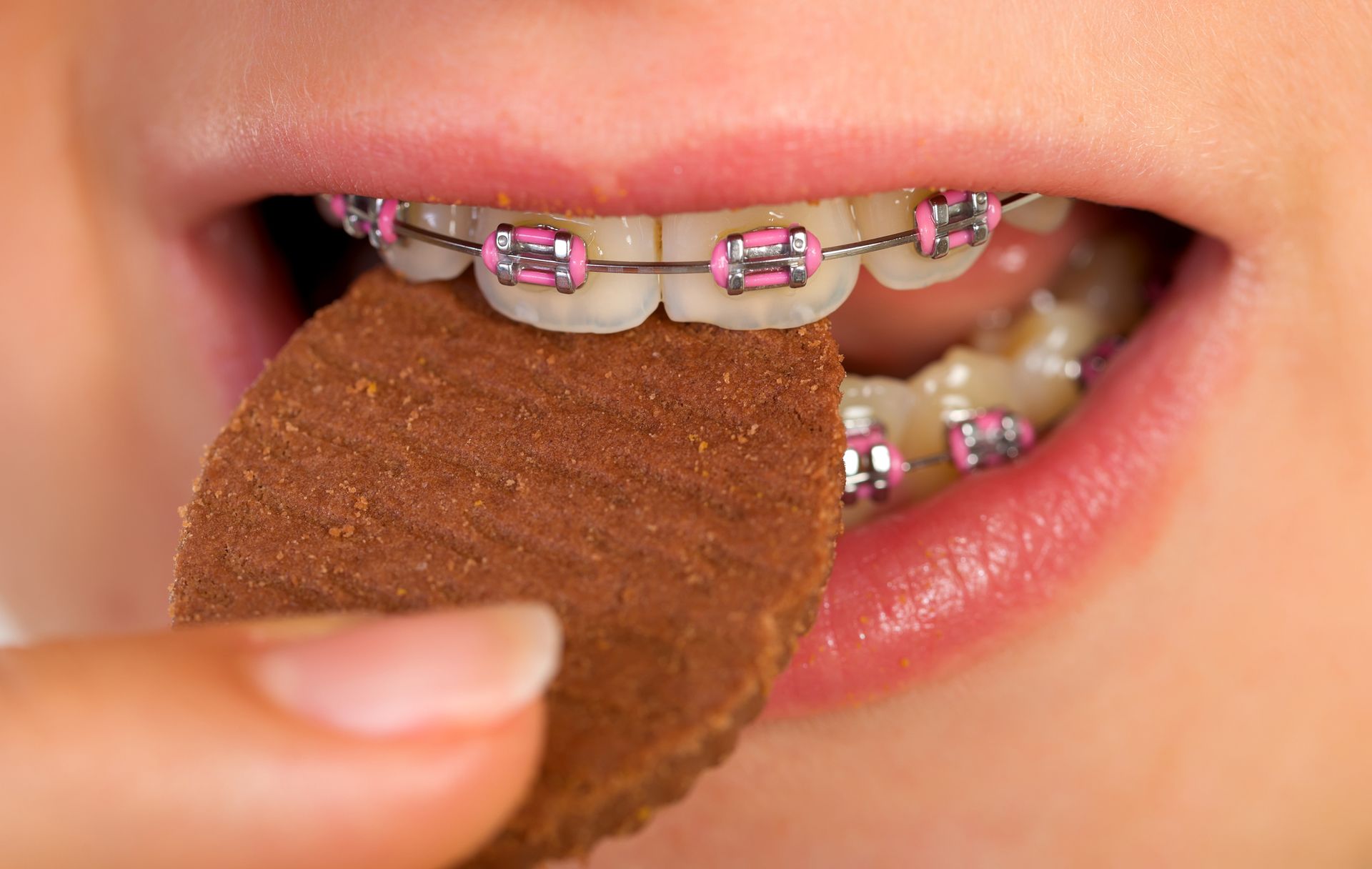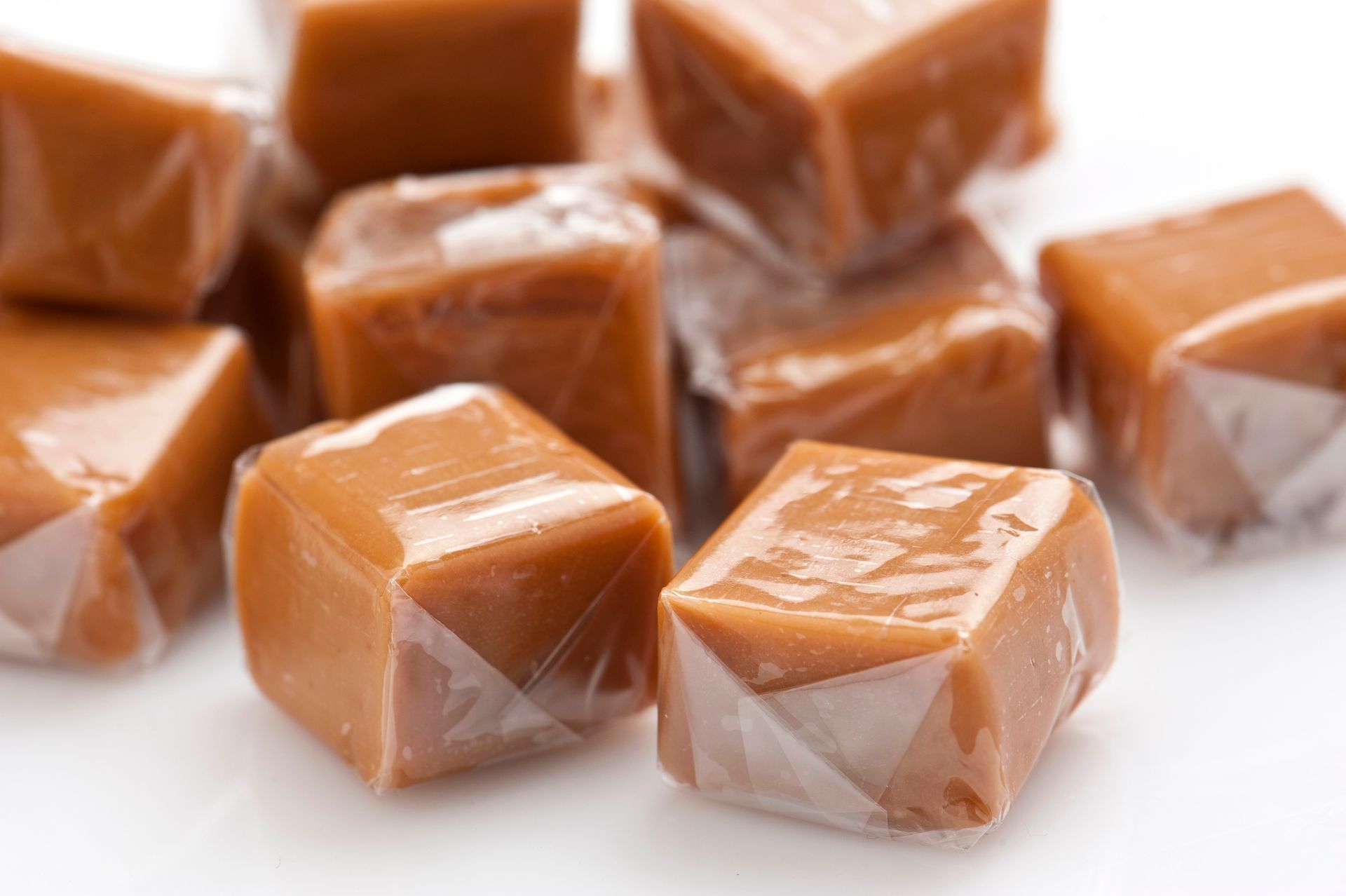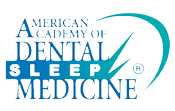For most situations, common sense will tell you what to avoid. Hard foods, sticky foods, and foods high in sugar must be avoided. Hard foods can break or damage wires and brackets. Sticky foods can get caught between brackets and wires. Minimize sugary foods; they cause tooth decay and related problems. Nail biting, pencil and pen chewing, and chewing on foreign objects should be avoided.

Examples of Sticky Foods to Avoid:
- Gum (sugar-free or regular)
- Licorice
- Sugar Daddies
- Toffee
- Tootsie Rolls
- Caramels
- Starburst

Examples of Hard Foods to Avoid:
- Ice
- Nuts
- Hard taco shells
- French bread crust/rolls
- Corn on the cob
- Apples and carrots (unless cut into small pieces)
- Bagels
- Chips
- Jolly Ranchers
- Pizza crust
- Uncooked carrots (unless cut)
Minimize Sugary Foods like:
- Cake
- Ice Cream
- Cookies
- Pie
- Candy
Only Once a Day:
- Soda
- Sweetened tea
- Gatorade
- Kool-Aid
- Drinks with sugar
It’s important to regularly check your braces for bent or loose wires and brackets. In the event of a loose/broken wire or bracket, call our office immediately to arrange an appointment for repair.
Oral Hygiene Tips
Use a toothbrush with soft bristles and a small strip of fluoride toothpaste. When you brush your teeth, move the brush in small, circular motions to reach food particles that may be under your gum line. Hold the toothbrush at an angle and brush slowly and carefully, covering all areas between teeth, between braces, and the surface of each tooth. It will take you several minutes to thoroughly brush your teeth. Brush up on the lower teeth, down on the upper teeth, and the outside, inside, and chewing surface of your front and back teeth. Brush your tongue and the roof of your mouth before you rinse.
Especially during orthodontic treatment, brush your teeth four times daily to avoid the accumulation of food particles in your teeth and braces:
- In the morning after breakfast
- After lunch or right after school
- After supper
- At bedtime
You will need to replace your toothbrush more often due to your appliances. As soon as the bristles start to wear down or fray, replace your toothbrush with a new one. It may be difficult for your toothbrush to reach some areas under your archwire. Do not swallow any toothpaste; rinse your mouth thoroughly with water after you finish brushing. It is important to floss and use an antibacterial mouthwash and fluoride treatment throughout your orthodontic treatment and beyond for optimal oral hygiene.
Flossing
For areas between the teeth that a toothbrush can’t reach, use dental floss to remove food particles and plaque. Flossing takes more time and patience when you are wearing braces, but it is important to floss your teeth every day.
Use the reusable floss threader provided by our office to floss under your archwire daily. Pull a small length of floss from the dispenser through the threader and slide it up and down along the front of each tooth. You will be able to feel when the tooth is clean and hear the squeak of the floss against your clean teeth. Use care around your archwire and do not floss too forcefully around it or put too much pressure on it. After you floss between your archwire and braces, floss between your other teeth and gums.
If you are flossing without the floss threader, pull a small length of floss from the dispenser. Wrap the ends of the floss tightly around your middle fingers. Guide the floss between all teeth to the gum line, pulling out food particles or plaque. Unwrap clean floss from around your fingers as you go so that you have used the floss from beginning to end when you finish. Floss behind all of your back teeth.
Floss at night to make sure your teeth are clean before you go to bed. When you first begin flossing around your braces, your gums may bleed a little. If the bleeding does not go away after the first few times, inform a staff member at your next appointment.
Interdental Toothbrush
A Proxabrush is an interdental (between the teeth) toothbrush that you may use to clean underneath and around your wires and braces. Use the Proxabrush gently to avoid damaging your wires. The Proxabrush will help you to clean your braces while maintaining healthy teeth and gums.
Antibacterial Mouthwash
Peroxyl, a hydrogen peroxide antiseptic mouth rinse, will reduce inflammation in your gums and cheeks. Peroxyl helps to prevent infection and decrease irritation that may develop from your braces. Rinse your mouth with two teaspoons of Peroxyl (half a capful) for one minute and then spit it out. You may use Peroxyl up to four times daily following your schedule for brushing: after meals (or after school) and before bed. Just like using peroxide for a scrape on your skin, Peroxyl helps the inside of your mouth heal. Peroxyl can be used for general irritation caused by your braces or for canker sores, cheek bites, and other minor temporary injuries to the gums.
Topical Fluoride
Phos-Flur is a sodium fluoride gel that helps prevent tooth decay while you are wearing braces by killing bacteria and replacing minerals in tooth enamel that have been exposed to harmful acids. The use of Phos-Flur does not replace daily brushing and flossing but should be done following your daily schedule at bedtime. Place a small strip of Phos-Flur on a toothbrush and apply it to your teeth for one minute and spit it out. You may not eat or drink for 30 minutes after you use Phos-Flur. It is important for the active ingredient to stay on your teeth for 30 minutes, so do not wash it away by eating or drinking.
Cleaning Your Removable Appliance
Brush your removable appliance every day as a part of your regular brushing and flossing schedule. Because food particles and plaque can accumulate on your appliance just as they do on your teeth, soak the appliance daily. Dissolve a Polident, Efferdent, or other denture-cleaning tablet in a glass of tap water at room temperature and soak your appliance once every day. Your appliance will taste better, and you will prevent plaque and bacterial accumulation.
Brushing & Flossing with Braces
You know how important it is to brush and floss properly when you’re wearing braces—but what’s the best way to do that? Let’s start with the basic brushing tools: Either a soft-bristled brush or a bi-level brush (one that has shorter bristles in the middle and longer bristles at the edges) can be effective. Used carefully, an electric toothbrush can work just as well. But be sure the electric brush is set to a moderate power level, and don’t let its vibrations cause the back of the brush to hit the braces!
You should brush with a fluoride toothpaste at least two times per day (preferably after meals), for at least two minutes each time. Remember to brush all of the tooth surfaces: the front, the back, and the chewing surfaces as well. Be especially careful to clean the areas between wires and teeth and between brackets and gums—that’s where food particles can easily become trapped.
Here’s a suggested brushing technique: Beginning at the front surfaces, place the tips of the bristles flat against your teeth, and use small circular motions to gently polish them clean. For areas between braces and gums, tilt the brush toward the gum line (down for the bottom teeth, up for the top) while keeping up the circular motions. Next, move on to the chewing surfaces of upper and lower teeth, using a firm back-and-forth motion. Finally, finish up by carefully brushing the back surfaces of the teeth the same way you did the front surfaces.
Special Brushing Tools
If you’re having trouble cleaning the areas near brackets and wires, there are some special tools that may help. One is the interdental toothbrush. It has a small tuft of bristles that stick up all around, like a pipe cleaner. Use it gently and carefully to clean the tiny spaces under wires and around bands and brackets.
Another special cleaning tool is the oral irrigator, or “water pick.” This device shoots a small stream of pressurized water at your teeth, which can help dislodge bits of food that become trapped in nooks and crannies. While it’s easy to use, an oral irrigator isn’t a substitute for a toothbrush or dental floss—but when used along with proper brushing and flossing techniques, it can be very effective.
Floss Fundamentals
To keep your teeth and gums clean and healthy, you need to floss at least once per day. But how do you get floss under the archwire of your braces? It’s not so hard with the help of a floss threader. Using this device is somewhat like threading a needle: You pull one end of floss through the threader and then push the threader—carrying with it the free end of the floss—under the archwire. Now grasp the floss on each end and slide it up and down the sides of both teeth and all the way under the gums until you hear a squeaky sound. Finally, pull it out and use a new section of floss for the next area.
Full Disclosure
Ever wonder how effective your tooth-cleaning techniques really are? There’s an accurate way to tell, using special vegetable dyes called “disclosing solutions” or “disclosing tablets.” As they dissolve in the mouth, these dyes highlight plaque and food debris that brushing has missed. You can then easily remove the dyed spots—and you’ll know for sure if your oral hygiene methods need a little “brushing up.”
Keeping your teeth and gums healthy now is an investment in your future. It enables you to get the best results from your orthodontic treatment and starts you toward a brighter smile that can last for a lifetime.
Want a smooth orthodontic journey? Follow our food guidelines and call (336) 286-5800 for expert advice at Katz Orthodontics in Greensboro, NC!














